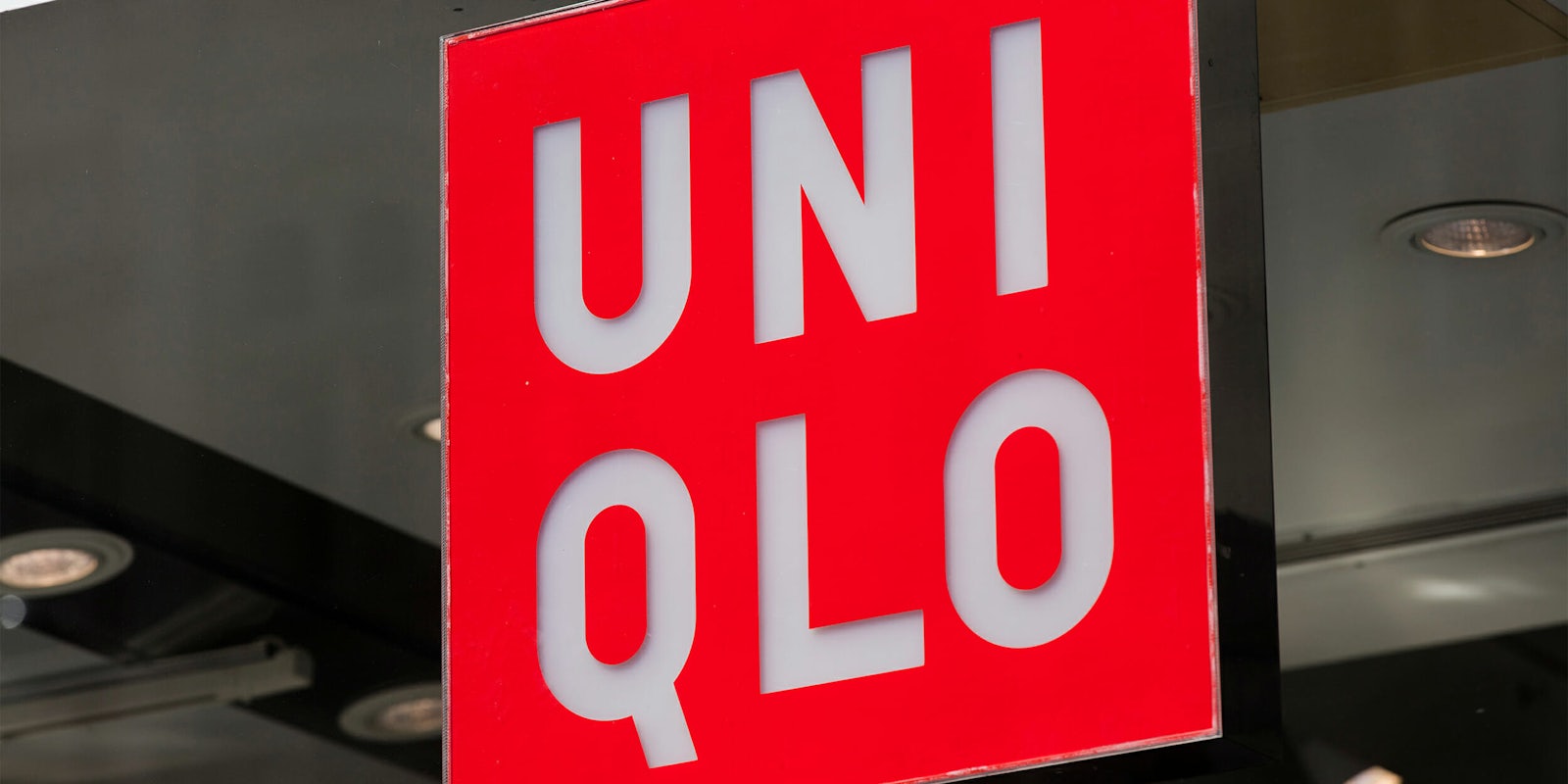Japanese clothing brand Uniqlo is taking steps towards automation, starting with laying off 90 percent of the humans who were working at its warehouse in Tokyo.
The large warehouse, located in Tokyo’s Ariake district, recently was remodeled. It has now revealed that this remodel was to build automated systems within the warehouse. Uniqlo partnered with the company Daifuku to build the newly automated warehouse, which only needs 10 percent of the staff it employed prior to the remodeling.
Rather than have employees sorting through products that come into the warehouse, the robots will be able to quickly unload the products, scan their electronic tags, and automatically enter that information to update stock numbers and other data. They’ll also be able to prepare products for shipping and check clothes for defects without the help of human employees. There will still be some human employees at the Tokyo warehouse, but Uniqlo expects that replacing the vast majority of them with robots will significantly reduce shipping times, and, of course, decrease labor costs for the company. The biggest win for the company’s efficiency is that with this new automation, they will be able to keep the warehouse running 24 hours a day.
The Tokyo warehouse is just the first step for Uniqlo in automation. Uniqlo’s parent company, Fast Railing, has announced a partnership with Daifuku. Their goal is to automate all the warehouses owned by Fast Railing, not just in Japan, but around the globe. According to Japan News, the cost of automating just this one warehouse was somewhere between $9 million and $90 million. Fast Railing and Uniqlo plan to invest $887 million more in this global automation project.
Experts expect automation to continue to increase in the coming years, leaving many to wonder what the future global economy will look like as more and more jobs disappear.

